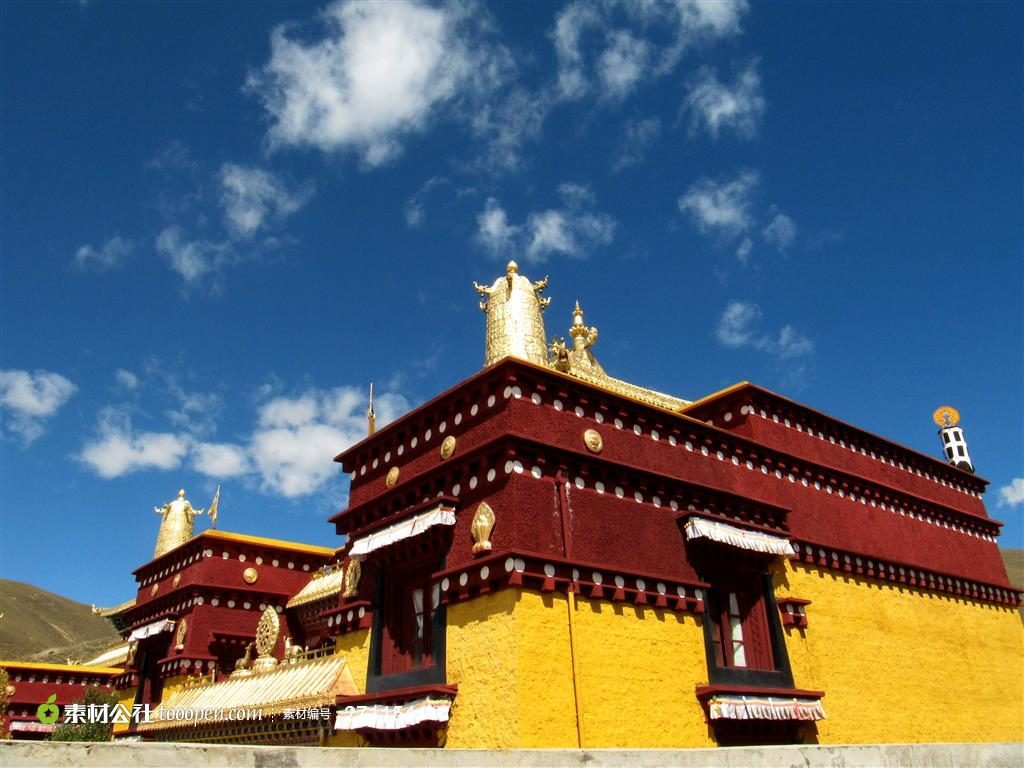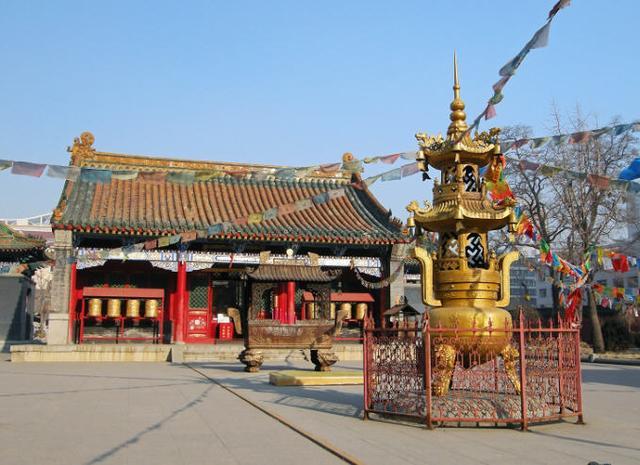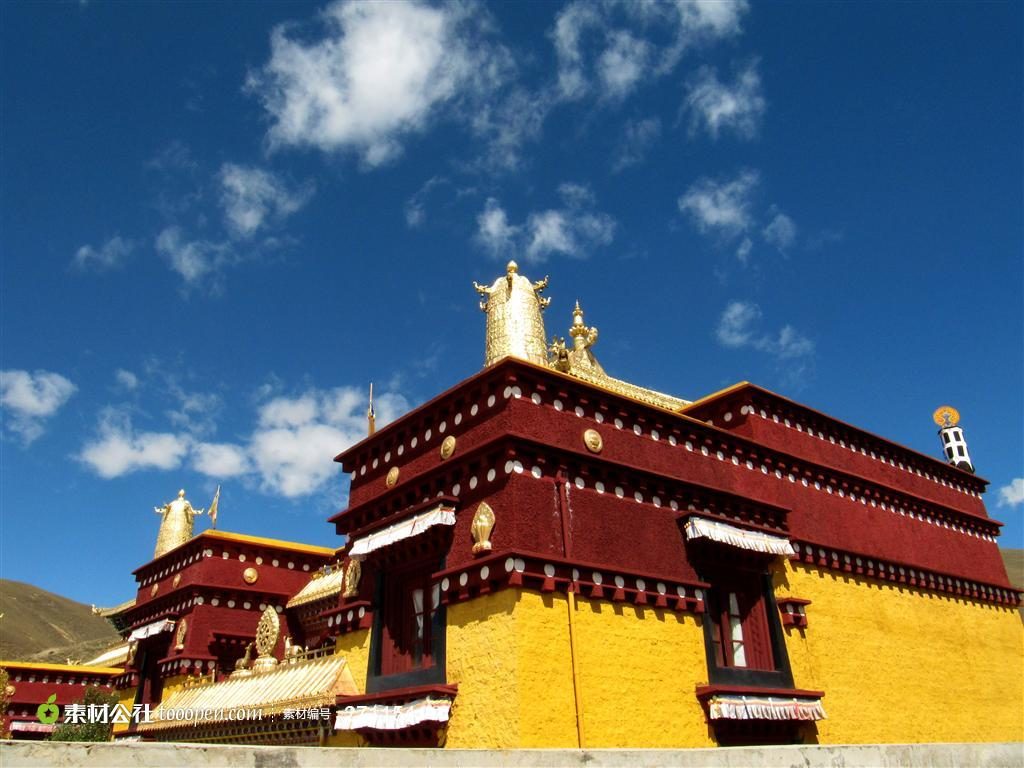What are the main buildings in a Buddhist monastery?
2 min readChinese Buddhist architecture consists of temple,pagoda and grotto.It started during the Han Dynasty as Buddhism entered China.In ancient times,many Chinese emperors of different dynasties believed in Buddhism,so Buddhist monasteries or temples were constructed across the country.In the Northern Wei Dynasty,monasteries or temples accounted to more than 30,000 in number.Later,glazed tiles,exquisite engravings and delicate paintings were all used in Buddhist monastery construction.These monasteries and temples were fashioned after the imperial palaces and bore very little resemblance to temples in India or other Buddhist countries.

Chinese monastic buildings usually follow a north-south axis.
Generally each monastery or temple has three groups of buildings,separated bycourtyards or walls.Each group has a main building,which stands on this axis,facing south.The names of the main buildings include the Temple Gate,the Heavenly King Hall,the Great Buddha Ha1l and the Buddhist Scripture Library. Additional buildings are set up on either side of the axis.Living quarters,kitchens,dinning halls and storehouses are usually located on the right side of the main buildings,but buildings on the left side are for visitors.

What are the features of a Taoist temple?
A Daoist temple evolved from the traditional square-shaped Chinese courtyard.
The main halls usually stand on the north-south axis,serving as places for people to worship the statues of Daoist gods and conduct Daoist ritual ceremonies.
During the Eastern Han Dynasty,when Daoist was born,Daoist ascetics mostly lived in huts and even caves in remote mountains.From the Jin Dynasty to the Northern and Southern Dynasties,Daoist experienced reforms,and many temples were set up in cities or even in the capital under imperial orders.During the Tang Dynasty,Daoist,Buddhism and Confucianism influenced one another,and thus Buddhist and Confucian architecture had a great influence on Daoist temple construction.As a result,Daoist temples resemble those of Buddhism and Confucianism in design and many other aspects.
Daoist architecture falls into two styles:traditional and bagua. The traditional style refers to a compound layout in which the main halls usually stand on a north-south axis and other buildings are on the two sides or at the back of the courtyard complex.The bagua style refers to that in which all buildings surround the danlu,a stove to make elixirs.The south-north axis appears very long,and structures flank the axis.This style symbolizes the notion that human beings follow the Earth,the Earth follows the Heaven,the Heaven follows the Dao,and the Dao follow itself.









